
A meticulous essay on the presence and representation of children in the history of cinema, in which cinematographies from all over the world are analyzed.
You May Also Like
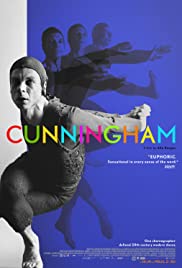
The iconic Merce Cunningham and the last generation of his dance company is profiled in Alla Kovgan’s 3D documentary, through recreations of his landmark works and archival footage of Cunningham, John Cage, Robert Rauschenberg, and more.
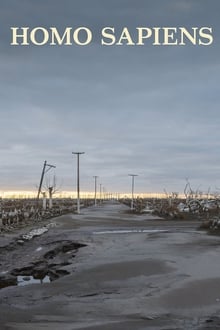
The images could be taken from a science fiction film set on planet Earth after it’s become uninhabitable. Abandoned buildings – housing estates, shops, cinemas, hospitals, offices, schools, a library, amusement parks and prisons. Places and areas being reclaimed by nature, such as a moss-covered bar with ferns growing between the stools, a still stocked soft drinks machine now covered with vegetation, an overgrown rubbish dump, or tanks in the forest. Tall grass sprouts from cracks in the asphalt. Birds circle in the dome of a decommissioned reactor, a gust of wind makes window blinds clatter or scraps of paper float around, the noise of the rain: sounds entirely without words, plenty of room for contemplation. All these locations carry the traces of erstwhile human existence and bear witness to a civilisation that brought forth architecture, art, the entertainment industry, technologies, ideologies, wars and environmental disasters.
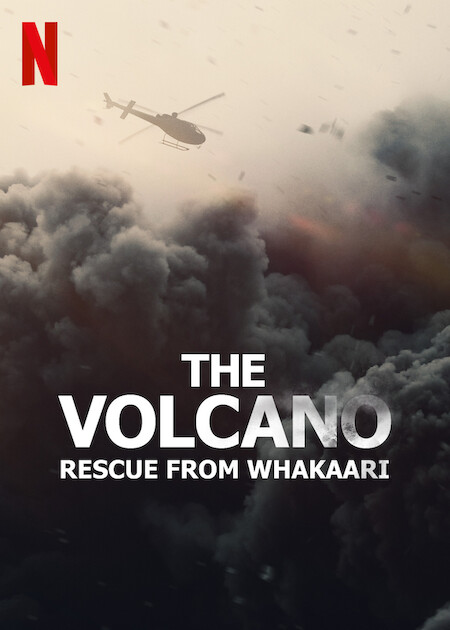
A close examination of the Whakaari / White Island volcanic eruption of 2019 in which 22 lives were lost, the film viscerally recounts a day when ordinary people were called upon to do extraordinary things, placing this tragic event within the larger context of nature, resilience, and the power of our shared humanity.
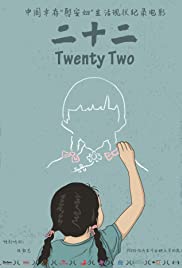
Follow the lives of the elderly survivors who were forced into sex slavery as “Comfort Women” by the Japanese during World War II. At the time of filming, only 22 of these women were still alive to tell their story. Through their own personal histories and perspectives, they tell a tale that should never be forgotten to generations unaware of the brutalization that occurred.
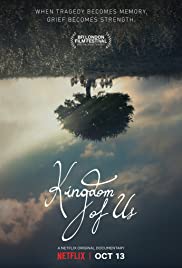
How does a traumatic event shape a family? How do you sift through the memories to find hidden clues and unlock a collective grief? Kingdom of Us takes a look at a mother and her seven children, whose father’s suicide left them in financial ruin. Through home movies and raw moments, the Shanks family travels the rocky road towards hope.
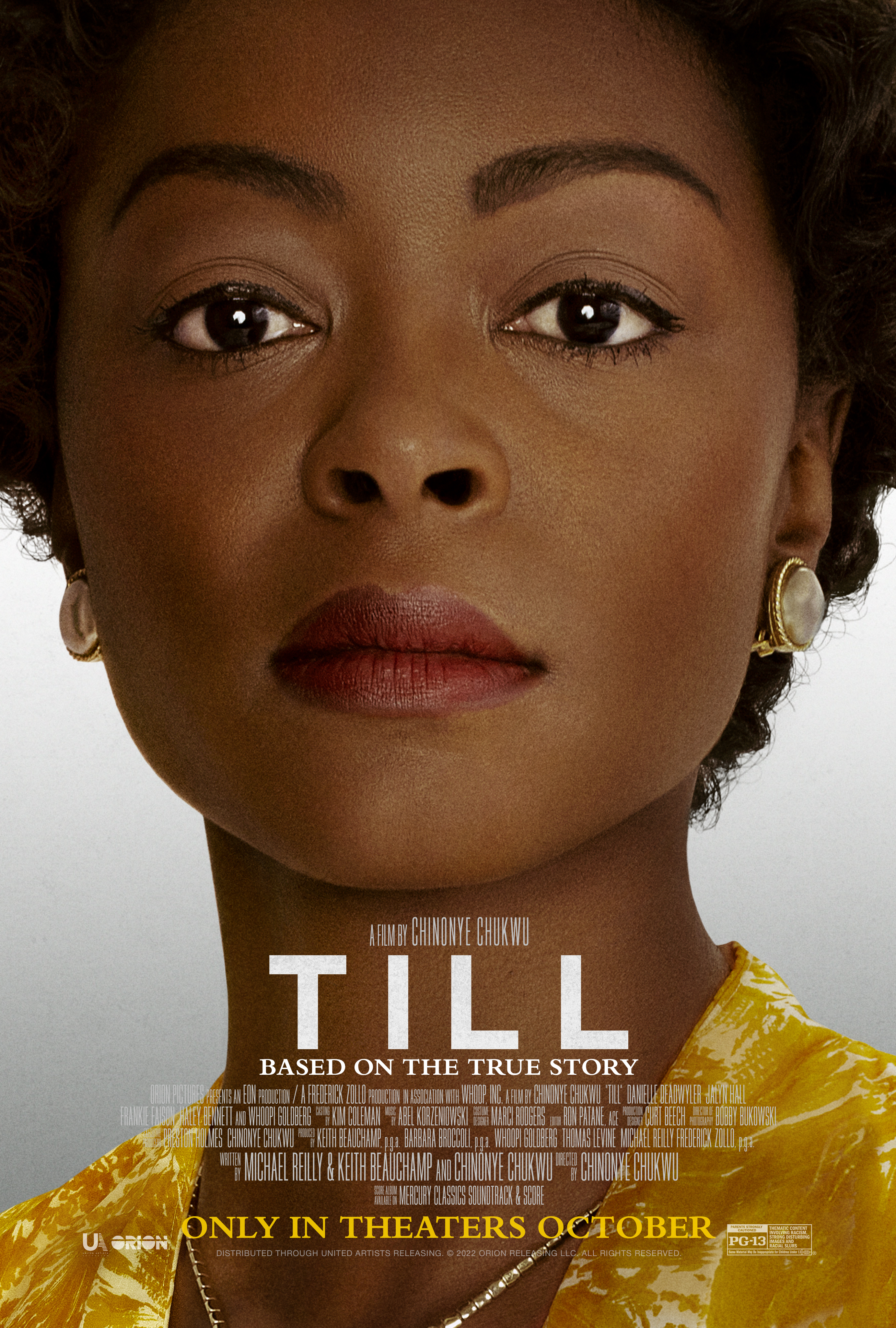
The true story of Mamie Till Mobley’s relentless pursuit of justice for her 14 year old son, Emmett Till, who, in 1955, was lynched while visiting his cousins in Mississippi.

Shot in Poland, Ukraine and Israel, this film tells the story of Shimon Redlich, a Holocaust survivor who returns to places from his childhood as well as different hiding places in his struggle to survive.
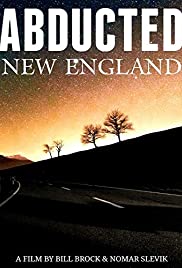
A look at abductions in the New England area
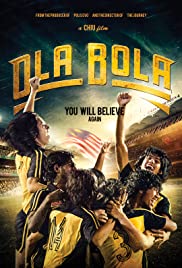
Set in the 1970s, a multicultural team of Malaysian football players struggle to overcome personal and collective hardships as a team. Together they create the most triumphant zero to hero story and gain a place at the Asian Games.

In his first solo stand-up special in 24 years, Jeff Foxworthy is remembering the good old days. Before cell phones diagnosed our illnesses, were used as cameras, kept us informed 24 hours a day, and before we had to have different passwords for everything. Jeff discusses parenting (your children and your parents), texting, the joy of getting a butt dial, conversations with his wife and recalls a much simpler time (or was it?).

As lead singer of 1980s British indie band Felt, Lawrence acquired a cult following. In the ’90s he went on to form Denim and later Go Kart Mozart. Paul Kelly’s intimate documentary film follows Lawrence between Go Kart Mozart albums. He appears as, perhaps, he always has: a man out of time and a confused, confusing genius.

Poet Layli Long Soldier crafts a searing portrait of her Oyate’s connection to the Black Hills, through first contact and broken treaties to the promise of the Land Back movement, in this lyrical testament to resilience of a nation.